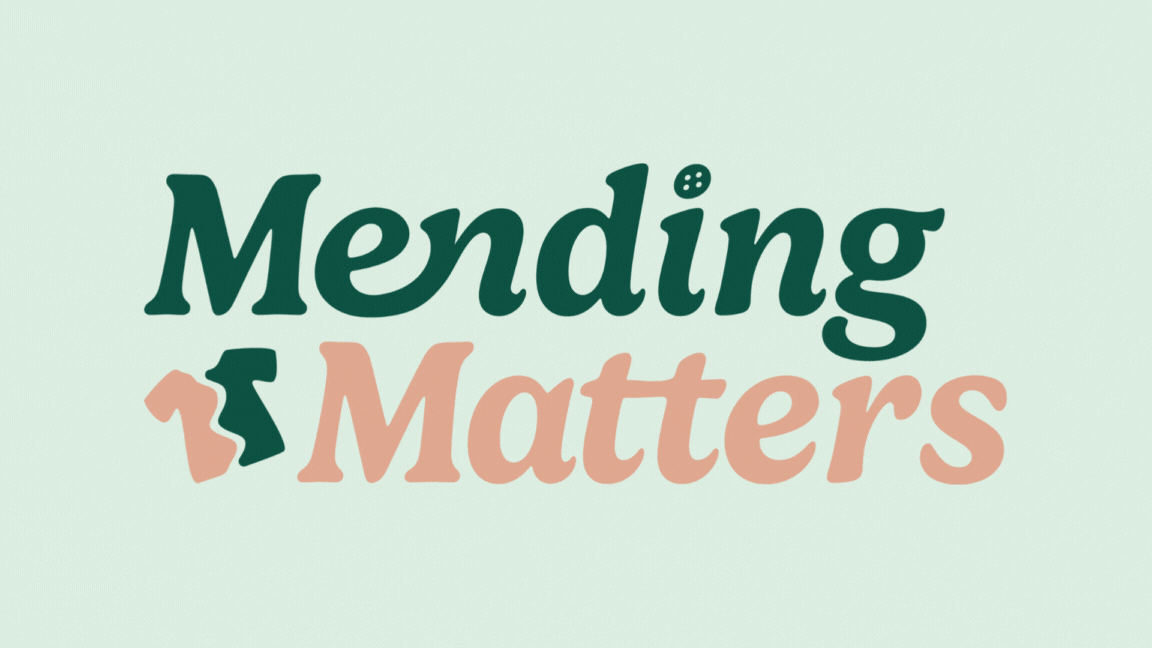Sifting through the findings
- katherinecostain
- Feb 10, 2023
- 2 min read
Since last week's entry Caitlyn and I made significant progress with collecting interviews. That's mainly what I've worked on again this week and I've begun formatting the interviews into a cohesive document that's nice to look at and easy to digest. We both thought that having the interviews designed and laid out in one PDF would be beneficial not just for us, but also for anyone looking at our research.
I grouped the interviews into those of teachers, designers, and consumers to be able to see similarities and differences in a sequence, and highlighted our findings at the end. Here is a snapshot/sneak-peek of what the document in progress looks like:

Colours and fonts of the document were chosen based on the direction we're headed for our concept's identity, starting to build that consistency already. Nothing is concrete, but starting to use that visual identity in the documents we produce related to the project will help us find an appropriate aesthetic and visual identity as a group.
Some important insights
We recorded 3 important insights from each interview, here are 3 that I found stood out.
Role of teachers is to listen to students not just teach—I thought this was really important for us to consider when we start developing content. We don't want to deter people from the subject by acting all-knowing and throwing facts at people, educating is more about having a conversation and reaching people that way.
Time and price is a huge driving factor behind sustainable fashion spending habits—not everyone cares to spend the time and resources on avoiding fast fashion, convenience is most important to them. This is something we really have to consider with our service/workshop since these are the people we should be trying to reach, not those already with some sustainable practices.
“Unsustainable” clothing can be more sustainable than something from brands that greenwash if the consumer is taking good care of the garment, keeping it for multiple seasons, mending holes and removing stains, etc.—there's so many factors that go into making something sustainable other than waste (price for the customer, worker's wages, how it was produced, etc.), so the cheaper, mass-produced option for the consumer may be the most sustainable for them if they take care of it/hold onto it/repurpose it. Not everyone is going to have the same range of values, how do we navigate that?
Next steps...
Now we will finalize our interviews and submit our findings on Friday. We're beginning to plan what content we need to include and we're also starting to settle on some fonts and colour palettes that suit our concept message.




Comments